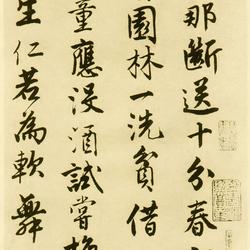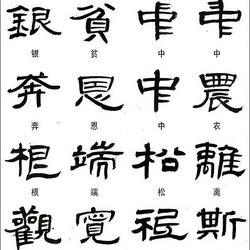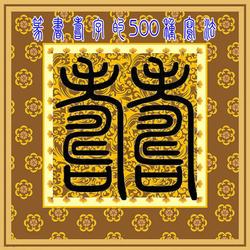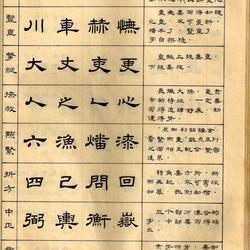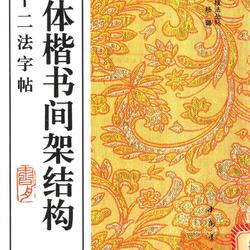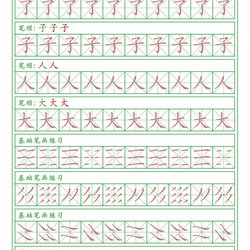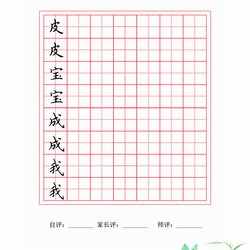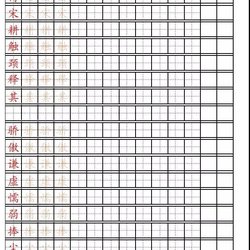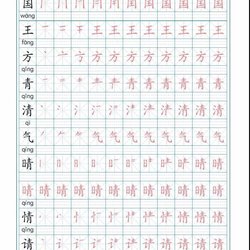Introduction: Apart from rice paper, there are probably not many calligraphy, painting and printing papers that most people can name. Most people imagine that the ancients had low technological capabilities and the paper they used should be poor, right? The fact is just the opposite. We can use iPhone 6 today, but we may not be able to produce calligraphy and painting paper refined by ancient methods. Due to the high cost of traditional papermaking and the disappearance of raw materials, many excellent papermaking methods have gradually been lost.
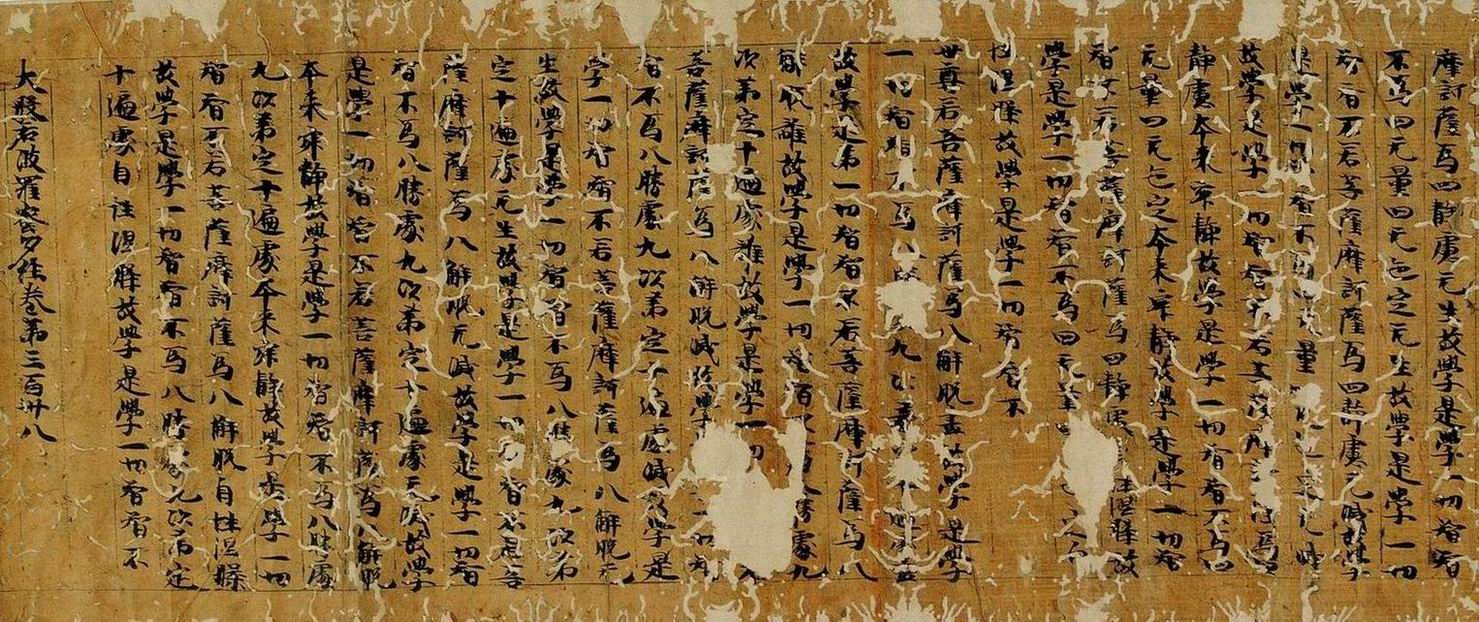
Tibetan scripture paper
Tibetan scripture paper:Among ancient ancient books, it is difficult to find paper manuscripts before the Tang Dynasty. The earlier paper manuscripts are Buddhist scriptures written and engraved by the Tang Dynasty. It is also common to see that people in the Tang Dynasty mostly used Buddhist scriptures to write scriptures. The color of the Tibetan scripture paper is yellowish brown, like brown. Slightly cottony, thick and hard texture, opaque. This kind of paper was mostly used in Buddhist scriptures and Taoist scriptures written by people in the Tang Dynasty, as well as Buddhist scriptures and Taoist scriptures printed in the Song, Yuan and Ming dynasties. The name of Tibetan Buddhist scriptures may come from this. Used for printing books, it is still rare to see it in the original version.
Hemp paper:The name of hemp paper probably comes from the fact that hemp is the largest ingredient in the raw materials. There are two types of hemp paper: white hemp paper and jute paper. The front of the white linen paper is white and smooth, and the back is slightly rough, with scraps of straw and paper stuck to it, but in essence it is very fine and thin, with a tough texture and strong durability. It will not deteriorate over time if it is not exposed to moisture. Jute paper is slightly yellow in color, and some are slightly thicker than white linen paper. Its performance is similar to that of white linen paper, but it looks rougher. Regardless of white linen paper or jute paper, the paper grain (commonly known as curtain grain) is relatively wide, about two fingers, and some paper grains are not obvious. These two types of hemp paper were mostly used for printing books in the Song Dynasty. In modern times and the early Yuan Dynasty, the printing of books was roughly the same as in the late Song Dynasty. According to the legend, more jute paper was used. The paper texture of the hemp paper printed in the late Yuan Dynasty has become narrower, only about one finger wide. The thickness, thickness, thickness and toughness of the paper are not much different from the hemp paper of the Song Dynasty. Until the early Ming Dynasty, books were still printed on hemp paper. Hemp paper is also very resistant to wind and sun, so some Song and Yuan prints have been handed down for nearly a thousand years and are still as intact as new.
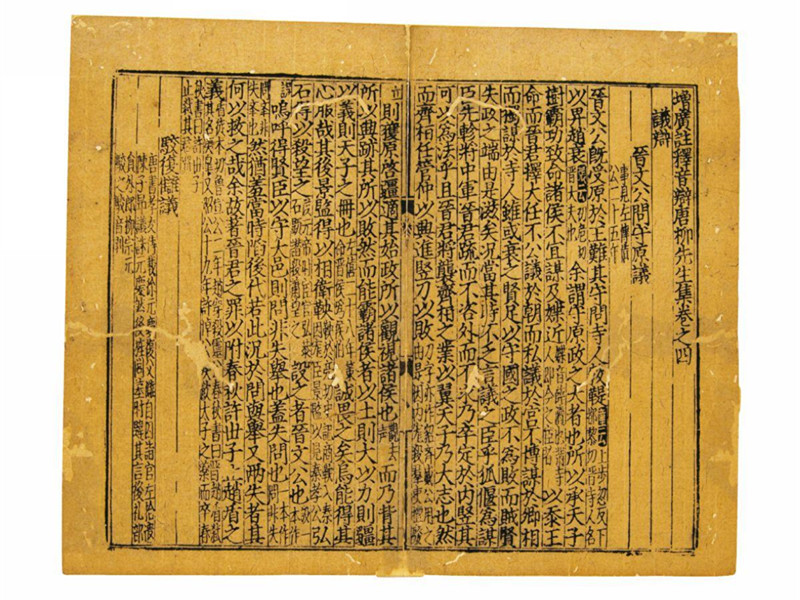
jute paper
Linen paper:During the Song Dynasty, Jianyang County, Fujian Province was a central area for book engraving, and the papermaking industry was particularly developed. The paper produced in Masa Town, Jianyang County is called Ma Sha Paper. The color is slightly yellow and there is no paper grain. The thickness and toughness are similar to those of hemp paper, and this paper is mostly used in Song Dynasty editions of linen gauze books.
Cocoon paper:There are two colors of silkworm cocoon paper, one is as white as jade and the other is milky white. It is fine, thin and shiny. On the surface it looks similar to silk floss and has strong toughness. A few of the Yuan Dynasty seals used silkworm cocoon paper.
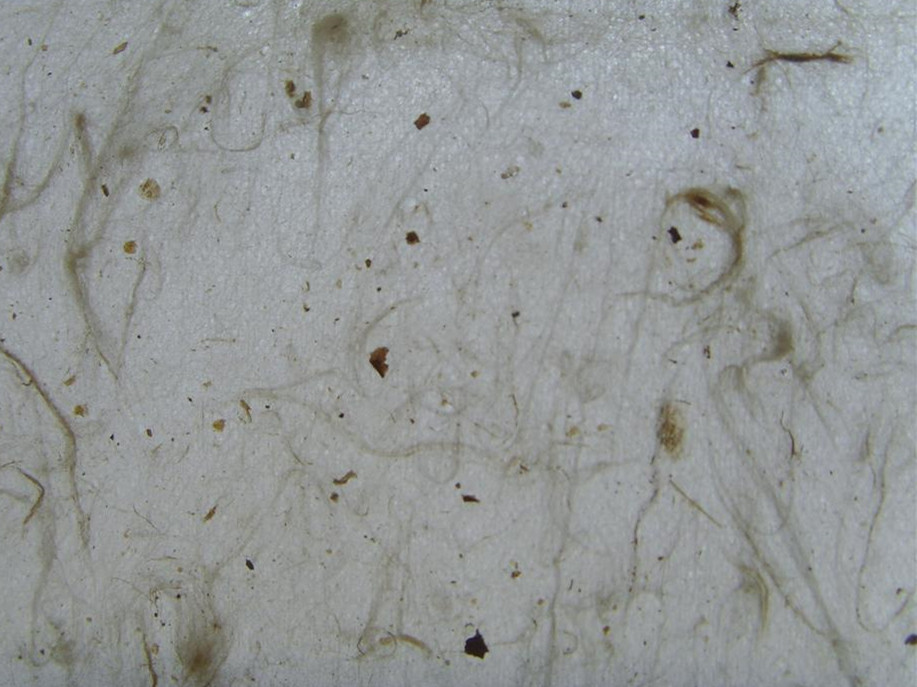
cocoon paper
Ribbed paper:Ribbed paper, white in color, thin and soft in texture. There are obvious horizontal lines, which look like silk ribs, so it is called rib paper. This kind of paper has been produced for a long time and was used in the Song, Yuan, Ming and Qing dynasties, and was used to print books. However, the Song and Yuan versions were printed on ribbed paper and are rare to this day. It can sometimes be seen in printed editions of the Ming and Qing Dynasties, such as the "Poetry of the Tang and Song Dynasties" produced by Wuyingdian during the reign of Yongzheng, and the "Poetry of Hundreds of Tang and Song Dynasties" engraved by Xi Qiyu, which were printed on ribbed paper. Part of the "Illustrated History of Chinese Printmaking" printed by Mr. Zheng Xidi was printed on old ribbed paper.
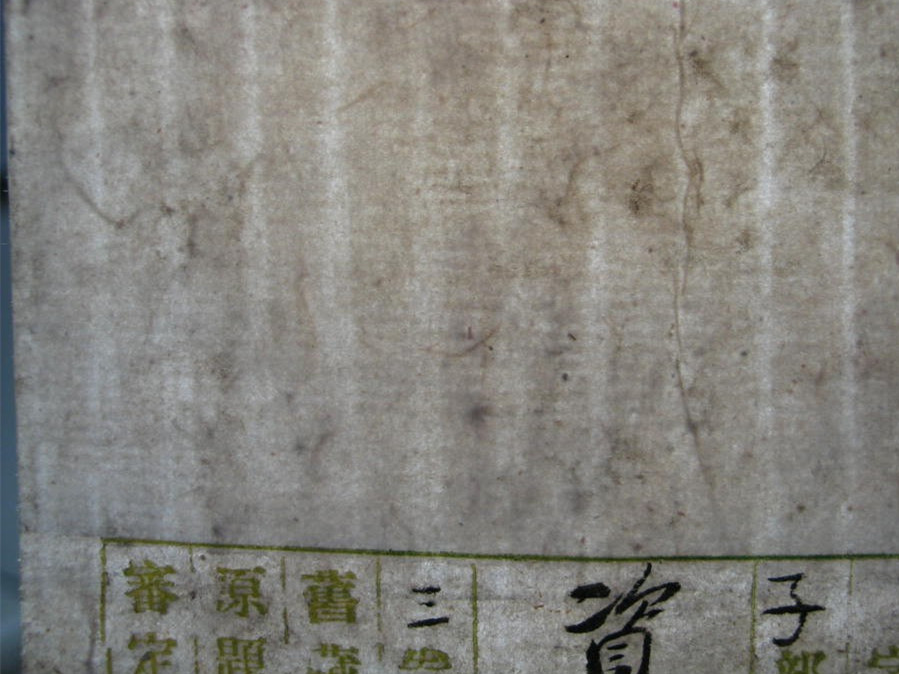
Rib paper
tissue:Tissue paper (called leather paper in the south) is available in black and white. White tissue paper is white in color, fine and soft in quality, has many fibers and has strong toughness. Black tissue paper is black and yellow in color and slightly less tough. In the early Ming Dynasty, cotton paper was mostly used for printing books. The tissue paper produced before Jiajing was relatively thin, but after Longqing it was slightly thicker and thicker. The proportion of books printed on cotton paper has also been greatly reduced. In the early Qing Dynasty, there were still a few copies printed on cotton paper, but they became even rarer in the future.
Guizhou tissue paper:This kind of tissue paper is called Guizhou tissue paper because it is native to Guizhou. The color is gray and white, not very beautiful, the thickness is medium and well-proportioned, the cotton is strong, the fiber is thick, and the texture is soft. It can be used for a long time and prolong life. The printed book is not very beautiful, so it is not widely used. It is only made in Guizhou and Yunnan in the late Qing Dynasty. This paper is used in part to print this book.
Henan tissue paper:Henan tissue paper is also famous for its place of origin. The color is white and slightly yellow, and the thickness is uneven. It looks rough, but it is soft and tough. It is not widely used for printing books. Only Henan Province in the late Qing Dynasty and the early Republic of China used this paper for printing local chronicles, and some of them used this paper.
Shanxi tissue paper:Shanxi tissue paper is gray in color and slightly thicker than Guizhou tissue paper. It has strong toughness and slightly fine texture. It is not widely used for printing books. It was used for printing local chronicles in the late Qing Dynasty.
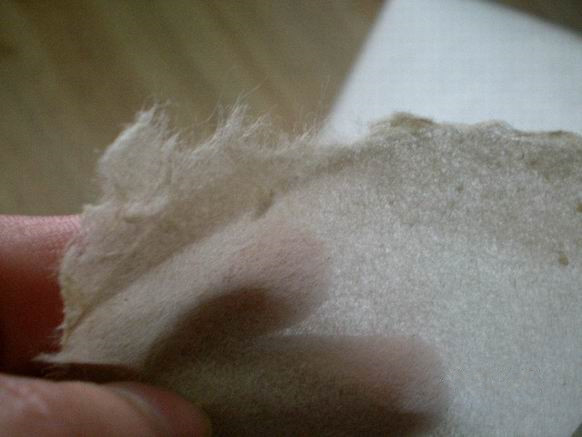
tissue
Bamboo paper:Because the color is slightly yellow, it is also called yellow paper. The main raw material for its production is bamboo, so it is named after bamboo paper. It was produced in the Song and Yuan Dynasties. The paper is slightly brittle and has poorer toughness than cotton paper. From the Song and Yuan Dynasties to the early Ming Dynasty, there were some people who used printed books, but they were very few. After Jiajing in the Ming Dynasty and until the Qing Dynasty, books printed on bamboo paper were the most common.
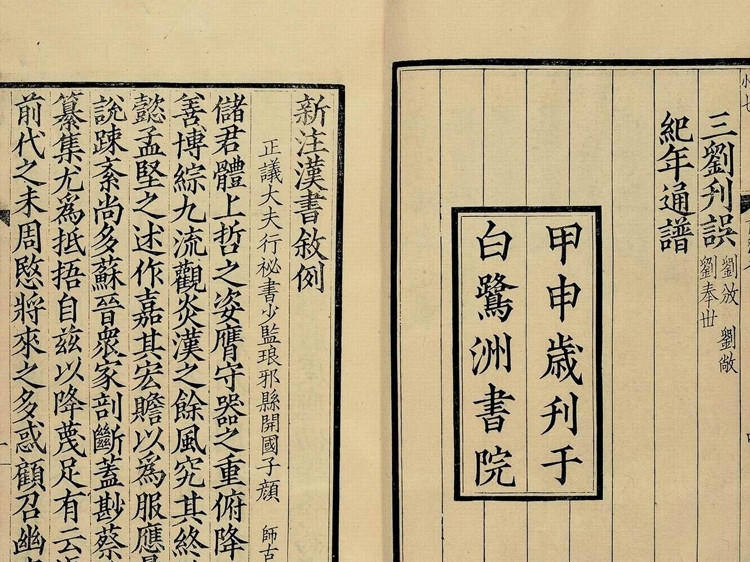
bamboo paper
Stick paper:Gengbang paper is a kind of paper used for printing books in the late Yuan Dynasty. It also belongs to the category of bamboo paper. It has a rough texture, a dull paper surface, and many grass clippings on the back. It is thick and brittle. The ancient book industry calls this paper Gengbang paper. . In the future, books printed on this kind of paper will no longer be seen in biographies.
Flowering paper:Flowering paper is called cross-flower paper in the south. It is said that this kind of paper is produced in Kaihua County, Zhejiang Province, so it is also called Kaihua paper. The texture is fine, extremely white, and has no lines. Although the paper is thin, it is strong, soft and cute. In the Qing Dynasty, books printed in Shun, Kang, Yong, Qian Neifu and Wuying Palace mostly used flowering paper. At that time, the output was high and the quality was high. The quality of products after Jia and Dao was lower than before, and the quantity was also greatly reduced. It is also used in family engravings, but the number is very small. The flowering paper prints are beautiful and beautiful. Tao Xiang of Wujin likes to collect the palace version of the flowering paper prints.
Flowering paper:The flower list paper looks similar to the flower paper on the surface. It is thicker than flowering paper, slightly darker in color, and inferior in quality to flowering paper. The production of flowering list paper was later than that of flowering paper. Some palace editions of Qingjia and Daojian were printed on flowering list paper, but it is rare to see it spread to this day.
Taishi Lianzhi:The paper of Taishi Lianzhi is upright, smooth on the front and slightly astringent on the back. There is no straw stick paper scraps to stick to. Its toughness is worse than that of cotton Lianzhi. The paper material is very thin and yellow in color. After Kangxi of the Qing Dynasty, most of the books were printed on this kind of paper. For example, "Wuyingdian Treasure Edition Series" used this paper.
Machine and history paper:Machine history paper is made by machine and is slightly yellow in color. This kind of paper was produced relatively late and was only used for book printing at the end of the Qing Dynasty and the beginning of the Republic of China. Zhonghua Book Company used a machine and historical paper to print the "Four Essentials".
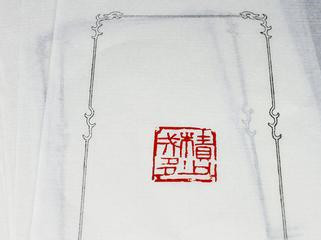
even history paper
Cotton and paper:Cotton paper is a type of rice paper. The color is as white as jade, even and delicate, soft and tough. The more sophisticated printings in the late Qing Dynasty and the Republic of China often used cotton paper. In addition, there is Liuji cotton-linked paper made by Wang Liuji. The paper is thinner than cotton-linked paper, soft and tough. This paper is often used for imitating tablets and Yi vessels.
Sichuan Lian Paper:Because it is produced in Sichuan, it is called Chuanlian. The color is slightly yellower than pink paper, and there is also a kind of white, slightly tough, and uneven thickness. The printed books are not very beautiful and are rarely used for printing books in other areas. They are only used for local publications. For example, some county annals in Sichuan are printed on Sichuan-lian paper.
Starch powder with paper:It is gray in color, smooth and shiny on the front, and rough, thin and brittle on the back. It is not very long-lasting and is also made by machine. In the late Qing Dynasty and early Republic of China, most types of printed books and lithographic books were printed on pink paper.
Jade rice paper:Xuancheng, Anhui is a paper-producing place, and the paper produced here is collectively called rice paper. Broken down, there are many product names, and the commonly used ones for printing books include "jade version", "mianlian", "material half", etc. Jade rice paper is white in color, fine and thick in texture, can absorb water very well, and is slightly less tough than tissue paper. In the late Qing Dynasty and the early Republic of China, this kind of paper was often used for printing epigraphy, archaeology, seals, calligraphy and painting albums, etc.
Material half paper:Material half paper is also a kind of rice paper, which is thinner than jade version rice paper, white in color and soft in nature. It is used to print beautiful and beautiful books. From the late Qing Dynasty to the Republic of China, some books used this paper.
Raw edge paper:The color is beige, so it is also referred to as yellow paper. The front is light, the back is slightly astringent, the texture is slightly brittle, the toughness is slightly poorer, and the firmness is second to Taishilian. "Chang Zhao He Zhi Manuscript" says: "Anyone who buys rare books in the world must go to Yinhu Mao's. The paper used is specially made from Jiangxi. The thicker ones are called 'Mao Bian', and the thin ones are called 'Mao Tai'. " The name still exists today." The origin of the name of rough edge paper may have originated from this. After the Qianlong reign of the Qing Dynasty, most of the paper used for printing books, except Taishi Lian paper and cotton paper, was printed on paper with rough edges.
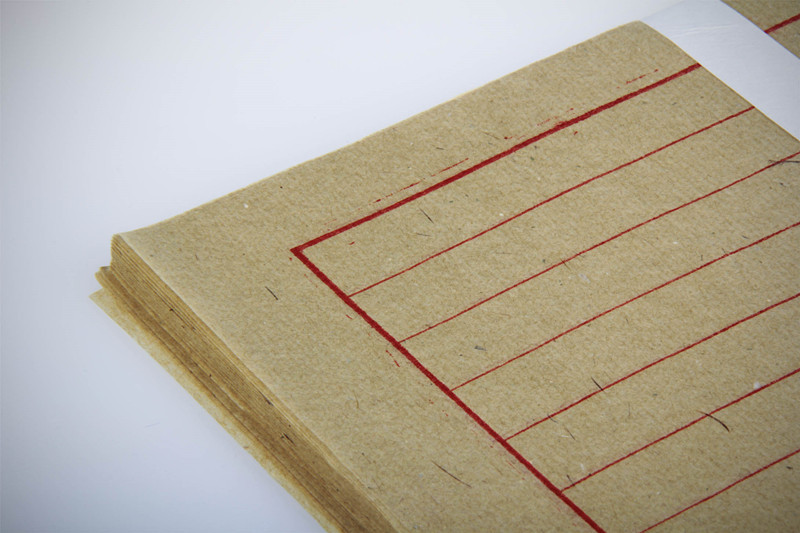
Raw edge paper
Maotai paper:The color of mattai paper is similar to that of rough-edged paper, and its quality is inferior to that of rough-edged paper. The paper width is also small, with varying thickness and thickness, and obvious straight lines. During the Tong and Guang Dynasties of the Qing Dynasty, more books were printed on Maotai paper.
Korean paper:Goryeo paper is similar to the paper used for printing books in Korea, which may be the origin of its name. Korean paper is produced in Qian'an, Hebei Province. It is white in color, thick in texture, spongy, very tough, and has obvious straight lines. In our country, Goryeo paper is rarely used for printing books, and it is mostly used for dyeing and making book covers.
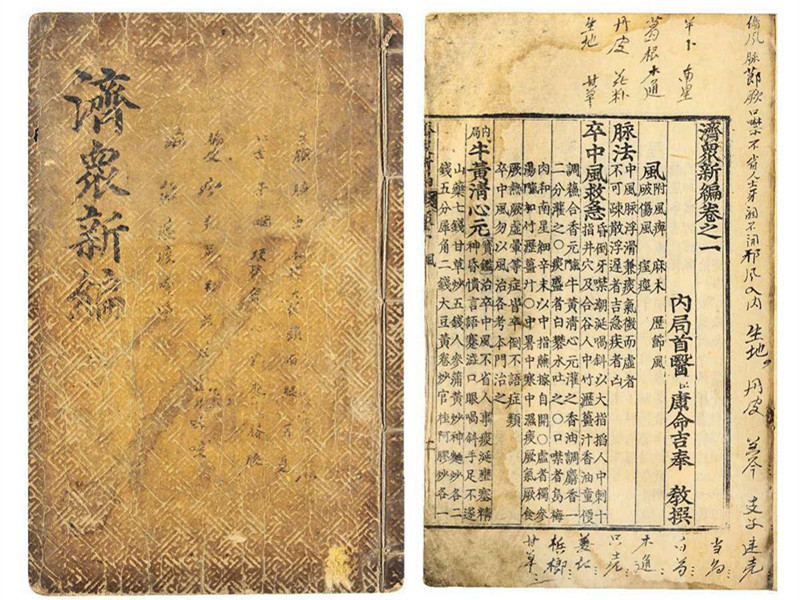
Korean paper
Mulberry paper:Mulberry paper comes in two types: yellow and white, and has a solid texture. Because the manufacturing raw material contains mulberry bark, it is named mulberry paper. It is said that in the Song Dynasty, Yuan Dynasty and the early Ming Dynasty, there were machines used to print books, but they are rarely seen in biographies.
Qian'an paper:Qian'an paper is commonly known as Maotou paper. It is gray in color, thick and loose in texture, and slightly cottony. It is called Qian'an paper because it is produced in Qian'an County, Hebei Province. Some of the Folk readings printed in the early years of the Republic of China, such as "Three Character Classic" and "Hundred Family Surnames", were printed on Maotou paper.
Official pile of paper:Guandui paper is slightly thicker than raw edge paper. Jinling Bookstore prints books mostly on official paper.
Treasury paper:There are white and yellow colors, extremely tough, some are thin, some are thick. In the Qing Dynasty, the paper used to wrap things in the palace was usually two feet square. There is little folk circulation. In the 19th year of the Republic of China, the Palace Museum in Beijing used thin paper to photocopy a portion of the calligraphy and painting album. In the Ming and Qing dynasties, most imperial books were bound with thick library paper dyed into magnetic cyan, which is known as "Kuci Qingpi" in the world. The imperial government sometimes used banknotes to write Buddhist scriptures, which were written in five colors and were gorgeous and elegant. Later, the bookstore was decorated with ancient books and rare rare books, and the porcelain green cover was also used.
Booklet paper:Booklet paper is also called banknote paper. There are some printed books in the Ming Dynasty, probably in order to save paper. They used official document paper with grids printed on it, or money and grain album paper with words already written on it. turned it over and printed the book on the blank back. Most of the printed books on the album paper that have been seen are tissue.
Japanese parchment paper:Japanese parchment paper, also called Oriental tissue paper. This kind of paper is produced in Japan and is available in yellow or white. It has strong cotton properties and is tough and powerful. This kind of paper is often used for printing books in Japan. This paper was used for printing books in our country in the late Qing Dynasty and the early Republic of China.
Meinong paper:Meinong paper has a smooth surface, is thin and well-proportioned. Soft and tough. Part of the "Guyi Series" printed by Li Shuchang was printed on Mino paper, which is widely used in printing ancient books in Japan.
Hunan bamboo paper:Commonly known as Hunan yellow. The paper is soft, rough, has no toughness, and does not extend its life. This paper was mostly used for printing books between Tongzhi and Guangxu of the Qing Dynasty.

